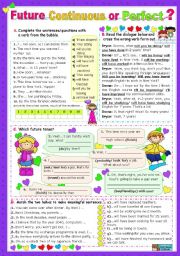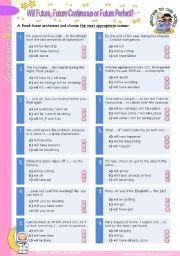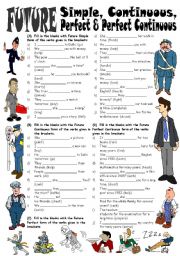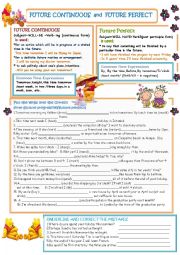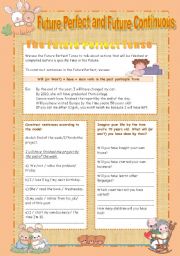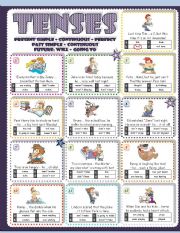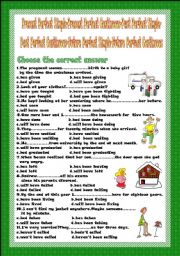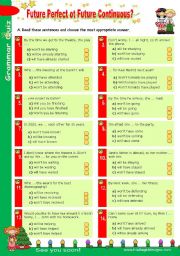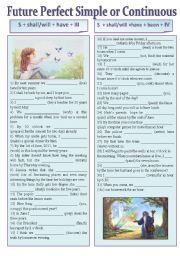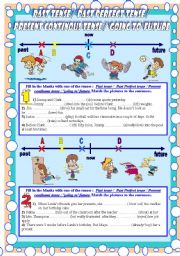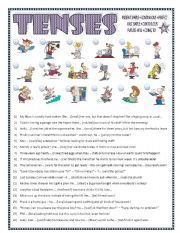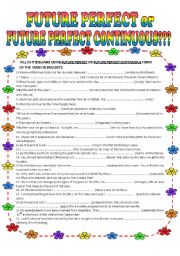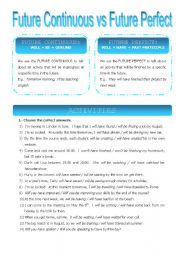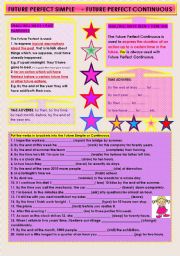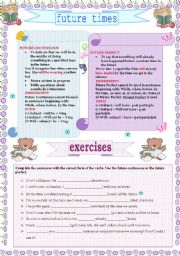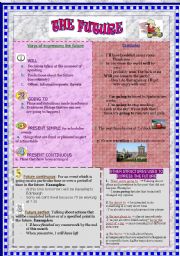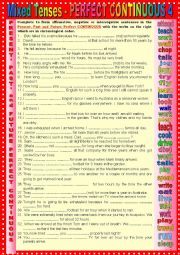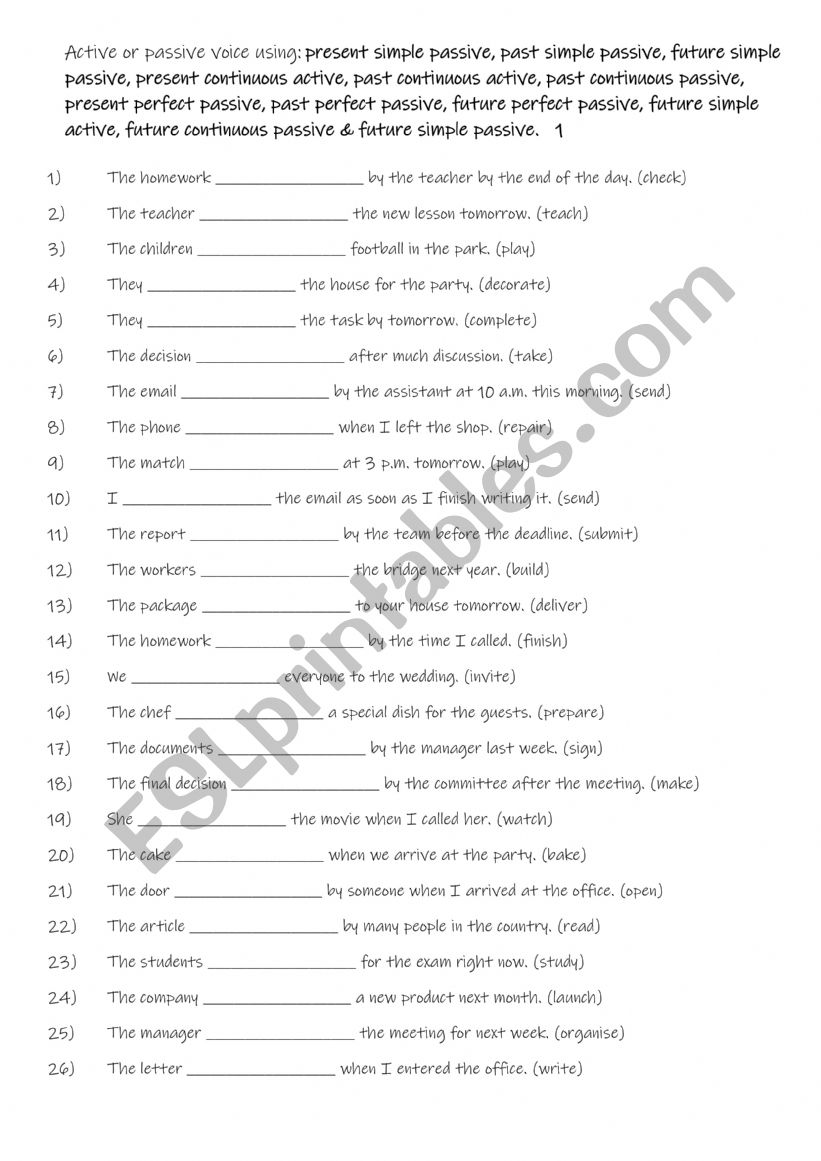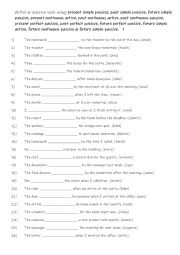
|
B1-B2 Active or passive voice using: present simple passive, past simple passive, future simple passive, present continuous active, past continuous active, past continuous passive, present perfect passive, past perfect passive, future perfect passive, fut
Learning active and passive voice across these tenses enhances students� ability to express ideas flexibly and appropriately. Passive voice focuses on the action or result, especially when the doer is unknown, unimportant, or implied, making it essential for formal contexts like academic writing, journalism, or reports. Active voice, on the other hand, is better suited for direct, informal, or conversational tone. Understanding these tenses enables students to communicate clearly in various scenarios, such as describing ongoing actions (e.g., present/past continuous), completed tasks (e.g., present/past perfect), and future plans or actions (e.g., future simple/continuous/passive). By mastering these structures, students can adapt their language for different purposes, enhancing their overall fluency and effectiveness in both spoken and written communication.
Students familiarise themselves with the tenses and use, then they read the sentences to work out which one is needed to complete the gap-fill using the infinitive in (). Answers on page 2.
Level:intermediate
Age: +10
Downloads:113 |
|
Copyright 24/11/2024 Anthoni
Publication or redistribution of any part of this
document is forbidden without authorization of the
copyright owner.
|


see more worksheets by Anthoni
|


